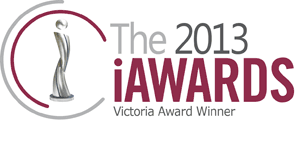
ENVIRONMENT

Natural Environment
CeRDI’s eResearch in the Natural Environment collaborative research program spans a range of areas, including groundwater, soil health, water and estuary health, natural resource management planning and biodiversity, reflective of the multidisciplinary nature of CeRDI's research as well as long-term collaborative research relationships with a diverse range of industry and government partners.
Bogong Moth Tracker
CeRDI is collaborating with Zoos Victoria on an important, multi-year project: a citizen science application to support research and conservation efforts to aid the Mountain Pygmy-possum. The Bogong Moth Tracker web application is used to track observations of Bogong moths which are an essential food source for the possums.
Discover the Living Moorabool: Corangamite CMA
CeRDI and the Corangamite Catchment Management Authority (CCMA) have been collaborating on the Rivers 2040 Moorabool River project, culminating in the launch of the Discover the Living Moorabool website
Growing Southern Gippsland
Growing Southern Gippsland has been designed to encourage southern Gippsland landholders to identify and target their own climate change knowledge gap needs as they journey through the portal.
Improving water security for farms and lakes in the northern Lake Corangamite area
Research is being undertaken to improve farm water security and farm resilience in response to climate change in the Lake Corangamite area.
LitterWatch
LitterWatch Victoria is a publicly accessible web portal to manage and view litter monitoring datasets contributed by community group and agencies. It collates public, statewide datasets of litter in Victoria that can be easily visualised and used for reporting, planning, policy making and engagement.
National Waterbug Blitz
The National Waterbug Blitz is Australia’s first nationwide citizen science, waterway monitoring event. Citizen scientists will uncover clues for assessing the health of their local waterways and wetlands by exploring and identifying the waterbugs that live in them.
Natural Resource Management Portal
The Corangamite Natural Resource Management Portal (NRM Portal) is an innovative approach to collaborative, integrated catchment management by providing the tools and information for communities and agencies to identify joint priorities for catchment management. The NRM Portal enables information, knowledge and environmental datasets to be shared, allowing participants to exchange insights about land management in a collaborative online environment.
River Detectives
River Detectives is a program being offered in some regions across Victoria to support educators to explore local waterways and catchments with students. River Detectives includes hands on activities and supporting resources. CeRDI has recently completed an upgrade to the River Detectives website to integration with the Waterwatch database and interactive maps.
Soil Health Knowledge Base
The Soil Health Knowledge Base is a repository of soil health information for the Corangamite Catchment Management Authority (CCMA) and the Glenelg Hopkins Catchment Management Authority (GHCMA). It assists land managers and other stakeholders to implement catchment management plans across the region. The Knowledge Base was awarded the 2015 Victorian Spatial Excellence Award and the 2015 Asia Pacific Spatial Excellence Award, Environment and Sustainability category.
Southern Right Whale photo identification project
CeRDI has worked with the Department of Energy, Environment and Climate Action (DEECA) and the Arthur Rylah Institute to develop a new citizen science web portal for the State Wide Integrated Flora and Fauna Teams (SWIFFT) website. The portal has been created to support the Southern Right Whale research and photo identification program being undertaken by DEECA in Victoria.
The State Wide Integrated Flora and Fauna Teams
The State Wide Integrated Flora and Fauna Teams (SWIFFT) is an initiative to advance citizen science by facilitating awareness and the sharing of knowledge in relation to biodiversity conservation and threatened species for Victoria.
Tracking the Migration of Latham's Snipe
The Latham's Snipe project was initiated to better understand the ecology and habitat use of Latham's snipe (Gallinago hardwickii), a shorebird species that breeds in Japan and migrates to Australia for the austral spring-summer. Using light-level geolocators deployed on snipe in Port Fairy, south-west Victoria, the first ever full migration track for the species has been obtained. The Latham's Snipe Project is supported by CeRDI, the Australia Japan Foundation and the Woodland and Wetlands Trust.
Valuing Urban Wetlands
Urban wetlands are important biodiversity refuges. They contribute to healthy "green spaces" in cities, as well providing habitat for flora and fauna, maintaining water quality, and helping with flood regulation.
Visualising Victoria's Biodiversity
Visualising Victoria's Biodiversity (VVB) is an online portal that provides the Victorian community with access to a wide range of spatial information on Victoria's environmental values, conservation activities and research. The portal federates and visualises environmental data from national, state, regional and local sources in an interactive spatial interface. It also offers the opportunity for the community to contribute information and exchange locally relevant data and knowledge. VVB is a partner site to the SWIFFT (State-wide Integrated Flora and Fauna Teams) initiative.
Visualising Victoria's Groundwater
Visualising Victoria’s Groundwater (VVG) is an innovative technology offering a real-time, centralised site for Victoria’s ground water information, a resource normally invisible to the public. VVG consolidates data from over 400,000 bores from four authoritative sources together with Victorian aquifer information with features that include spatial visualisations, hydrogeological models and historical records and maps. In 2018, an updated and modernised VVG portal was launched offering extensive new functionality and content.
Waterwatch and EstuaryWatch
Recently redeveloped by CeRDI, the Waterwatch and EstuaryWatch portals are companion sites supporting two significant citizen science programs that monitor the health of Victorian waterways and estuaries. The portals provide essential resources for all members to access current information and data, as well as providing the public full access to data and knowledge generated by the programs.
An evaluation of proponent environmental data under the Environment Protection and Biodiversity Conservation (EPBC) Act
This collaborative project between CSIRO Land and Water, CeRDI and ThinkPlace aimed to explore proponent data generation as part of the referral process under the Commonwealth EPBC Act 1999. The primary goal was to determine the value and nature of environmental impact assessment (EIA) data and their potential for reuse in other areas of government decision making.
Aquatic Ecology Hub
CeRDI is working with The Victorian Government Aquatic Ecology Hub to develop a website and a database of aquatic research and monitoring projects in order to enhance access to, and sharing of, key information and projects.
Beach Usage Research
CeRDI has been commissioned by the Barwon Coast Committee of Management to undertake research to understand and inform a range of complex coastal usage and environmental management issues being experienced across the Barwon coast. The research will provide an evidence base about the social, seasonal and culture issues that influence how different community groups use and identify with the coastal environment throughout the year.
Wildlife Survey Open Data Collections
The project, funded by the Australian National Data Service (ANDS), provides open access to research data from two Federation University wildlife surveys: An avian study undertaken in the Boola Boola Forest area of Gippsland in south-eastern Australia; and a systematic study of birdlife in the Lower Jinsha Valley in western China.
Elissa Ashton-Smith
Elissa commenced her PhD with CeRDI in February 2019. Prior to this, she was working in the Natural Resource Management sector as a Landcare Facilitator. Elissa’s PhD explores the impacts on coastal communities and ecosystems from increased urbanisation, population change and seasonal variation. The research builds upon work that CeRDI completed for Barwon Coast investigating the attitudes, knowledge, and behaviours of the general community in relation to coastal management and beach use around Barwon Heads and Ocean Grove.
The conservation and management of sandy beach ecosystems: exploring the divergence between policy, science and socio-cultural expectations for stewardship and use
In order to address the rate and severity of deterioration in ecosystem health and biodiversity, transformative change is needed across economic, social, political and technological domains.
Research Context
Referred to as the New Digital Age (Schmidt and Cohen 2013), or era of Big Data (e.g. Boyd and Crawford 2012; Mayer-Schonberger and Cukier 2013) the present time period provides unprecedented opportunities for a deeper understanding and appreciation of our global environments. The volume of digital data on natural environments has grown exponentially, especially in the physical (e.g. Lynch 2008; Bell et al. 2009) and environmental sciences (e.g. Porter et al. 2012) where much of it is collected by sensors. In addition, data availability has vastly improved as governments in many countries adopt open data policies (Zuiderwijk and Janssen 2014).
Ubiquitous internet technologies provide access to all this data, particularly when that information is delivered on demand via high speed broadband to mobile tablet devices. These technologies have created a society that is spatially enabled and aware. Big business and citizens increasingly expect to be able to access past and current information about any location of interest, to find answers to their spatial queries. Deeper appreciation and understanding comes from the sheer volume of information that can be amassed about any particular place in the landscape, and how that information can be dynamically synthesised to provide the most definitive answer to the user's question.
Hence the use of spatial digital technologies for a more holistic understanding of river catchments, landscapes, biodiversity and environmental sustainability are rapidly emerging areas of eResearch. Recent examples in the international scientific literature include: the UK's Environmental Virtual Observatory project (EVO) which aims to make environmental data more visible and accessible for catchment management (Gurney et al. 2011) and includes visualisation tools for communicating flood risk (e.g. Wilkinson et al. 2013); the web delivery of interoperable water data with Open Geospatial Consortium (OGC) standards (e.g. Boston et al. 2015); landscape visualisations that integrate GIS with augmented reality (e.g. Ghadirian and Bishop 2008); and 3D landscape visualisations for participatory landscape planning (e.g. Wissen et al. 2008; Salter et al. 2009). Experimental tools that use sensors for weed management (e.g Thorp and Tian 2004; Berge et al. 2012), or soil moisture (e.g. Phillips et al. 2014); or monitoring fauna (e.g. Di Cerbo and Biancardi 2013), have also been developed. Similarly, experiments with novel deployment of sensors, such as using unmanned vehicles to improve environmental data collection (e.g. de Sousa and Andrade Goncalves 2011); portable laser scanners for environmental monitoring (e.g. Zlot et al. 2014) and 3D, 4D and augmented reality visualisations, usually at iconic heritage sites (e.g. Guhathakurta et al. 2009; Norris et al. 2014; Petty et al. 2014), have also been published. And a plethora of websites and mobile applications (Apps) are now available to assist the ecologist, farmer, pedologist and hydrologist in on-ground decision making.
With the global shift to smaller governments, an increasing volume of data and most of the decision tools (such as Apps) are now generated in the private sector, particularly the service industries in the environmental, water, energy and agricultural sectors.
Resources
Visualising Victoria's Groundwater (10:36)
An interoperative web-GIS that federates groundwater data from disparate sources to assist groundwater researchers and help water managers make the correct choices for the sustainable use of a precious resource. www.vvg.org.au.
Natural Resource Management Portal (6:55)
The Natural Resource Management Portal pilot project is testing how online mapping can be used to match local and regional priorities for catchment management in the Corangamite Catchment Management Authority region. www.ccmaknowledgebase.vic.gov.au/nrmpp.
Tracking the Migration of Latham's Snipe (8:56)
Hokkaido Television Broadcasting have produced a short YouTube documentary on their visit to Canberra in January 2017.
Tracking moths and lights off – involving community in conservation - Darcie Carruthers - Zoos Vic (3:00)
SNIPE - The Latham's Snipe Project (24:21)
This is the story of a bird that breeds in Japan and Eastern Russia, and then flies to Australia each year. After spending summer in Australia, it goes back to the Northern Hemisphere and does it all again!
Podcast - Weekend Birder (26 minutes)
https://www.weekendbirder.com/episodes/79-lathams-snipe-with-birgita 

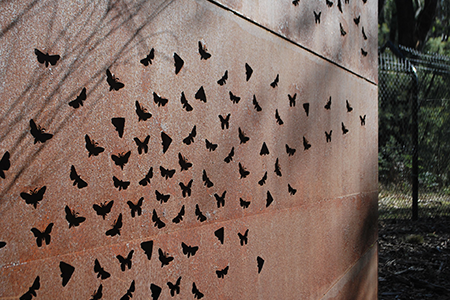
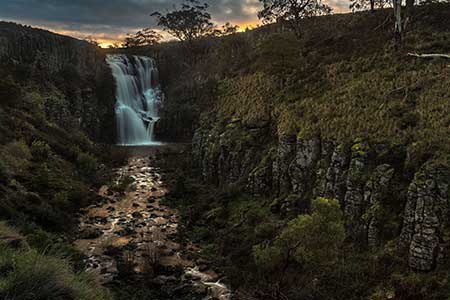
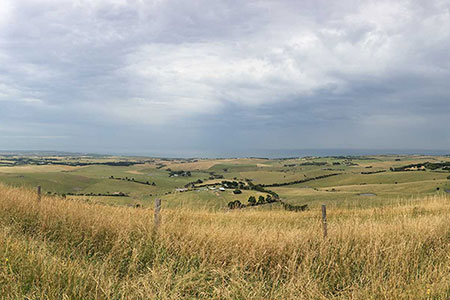
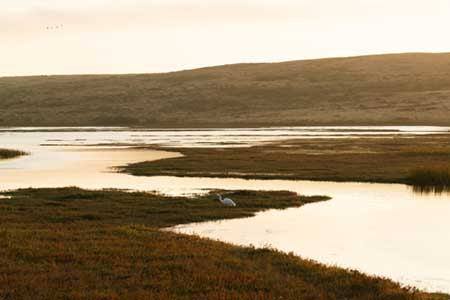
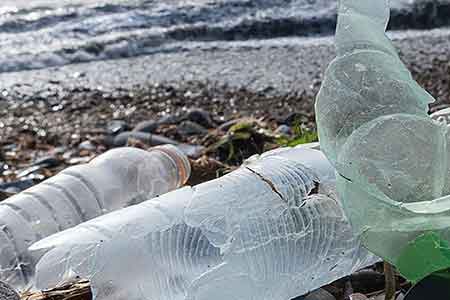
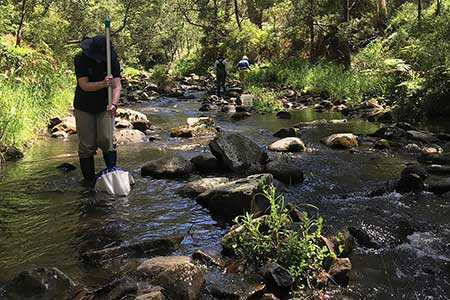
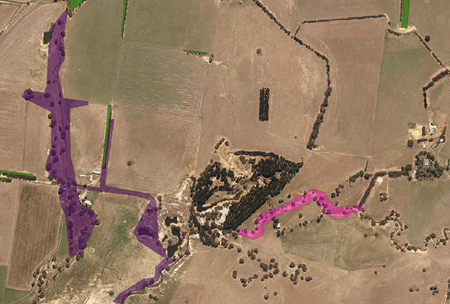
.jpg)
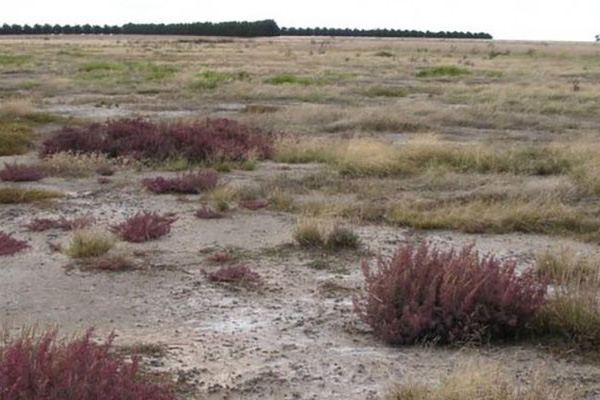
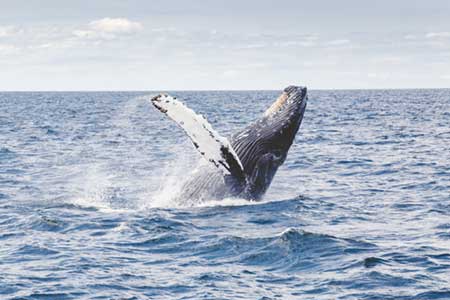
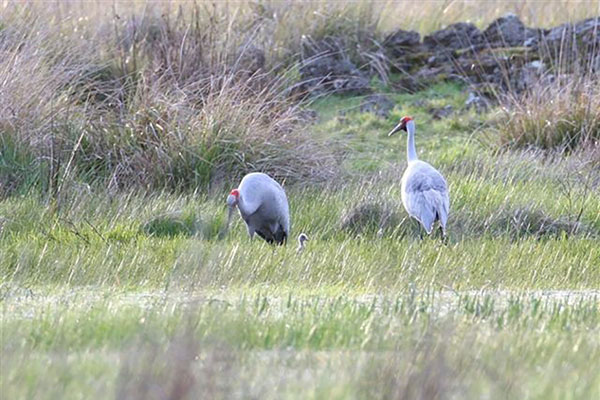
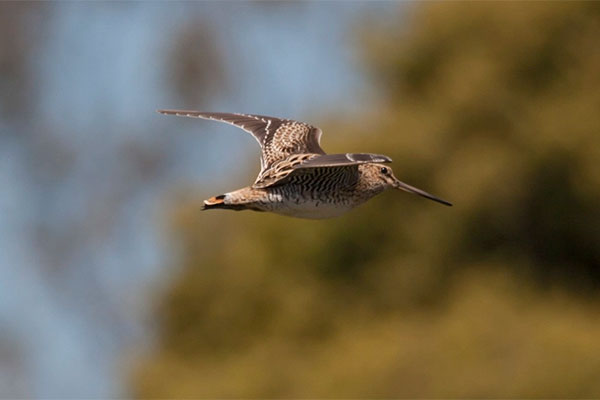
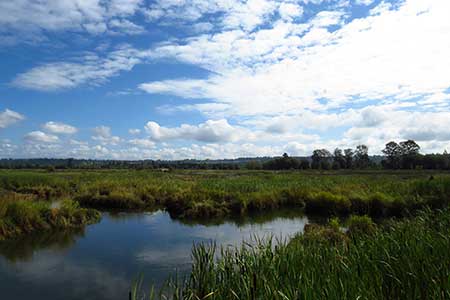
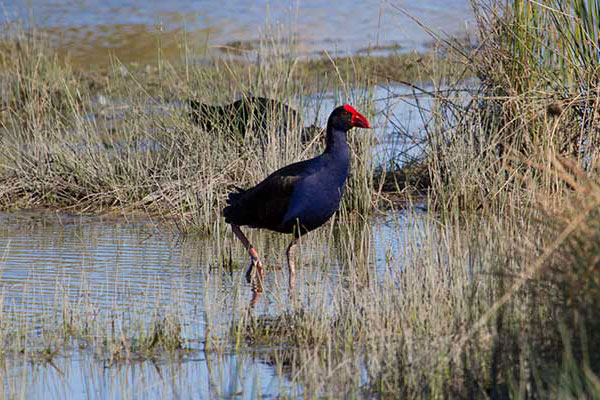
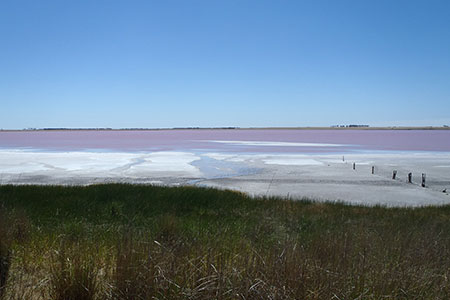
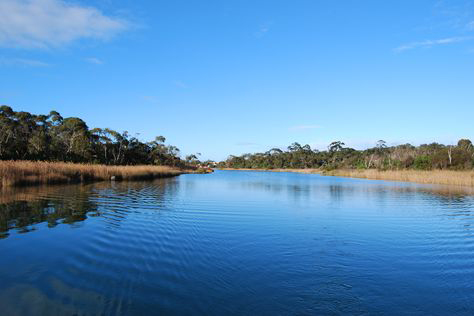
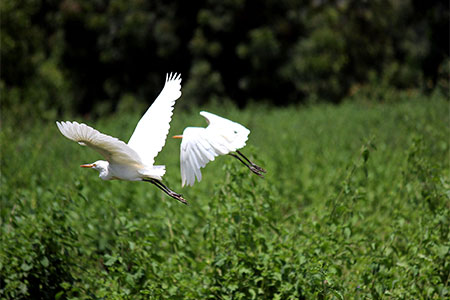
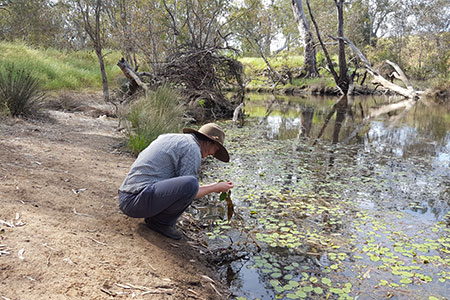
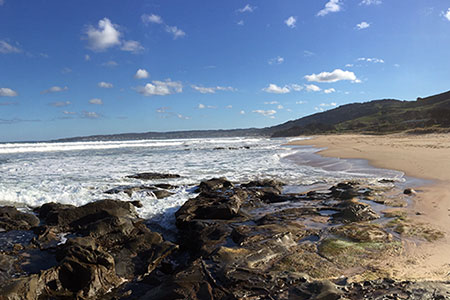
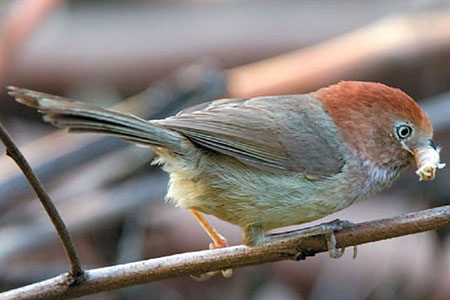
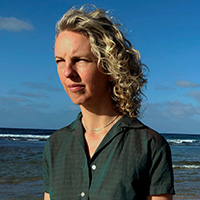
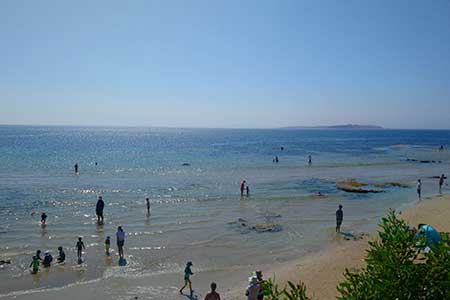
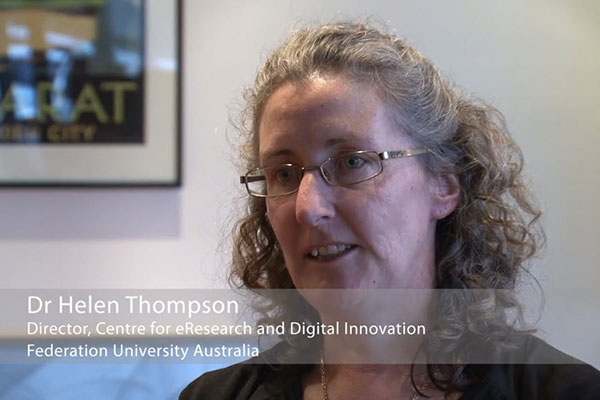
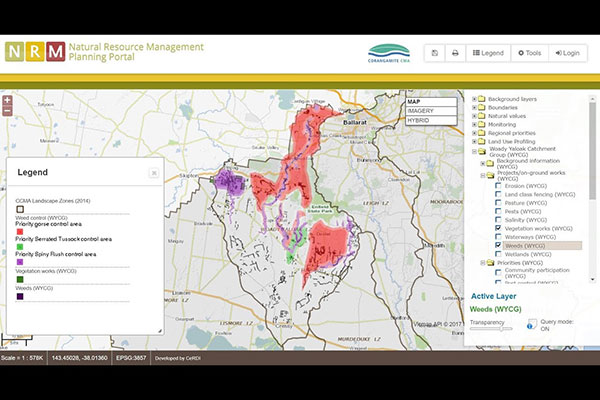
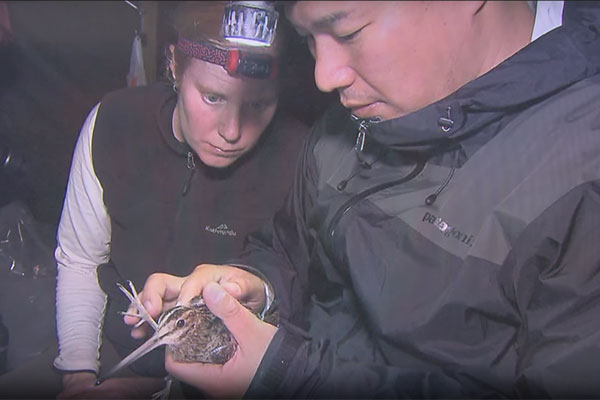
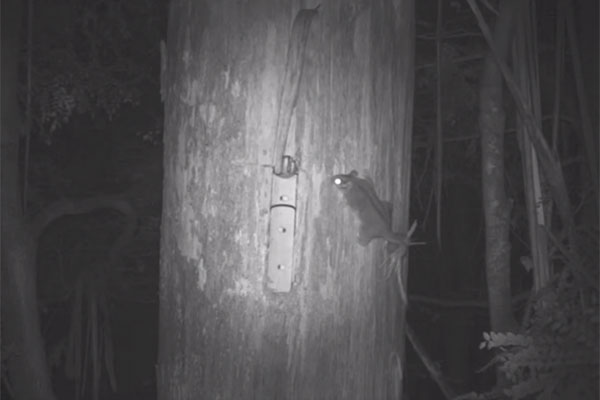
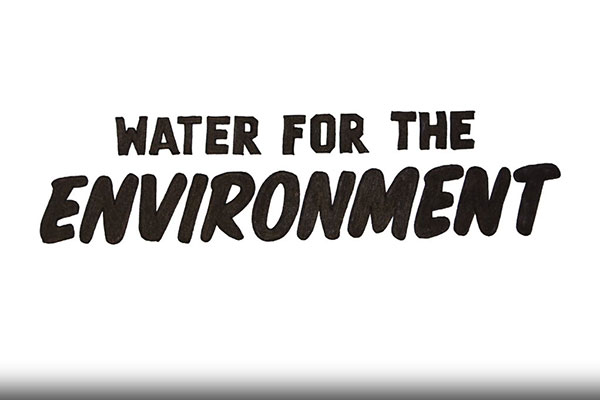
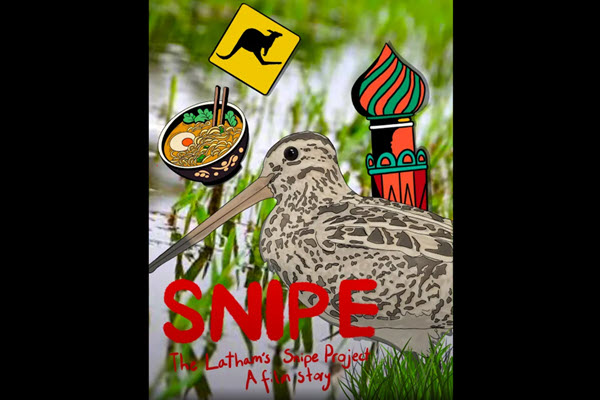
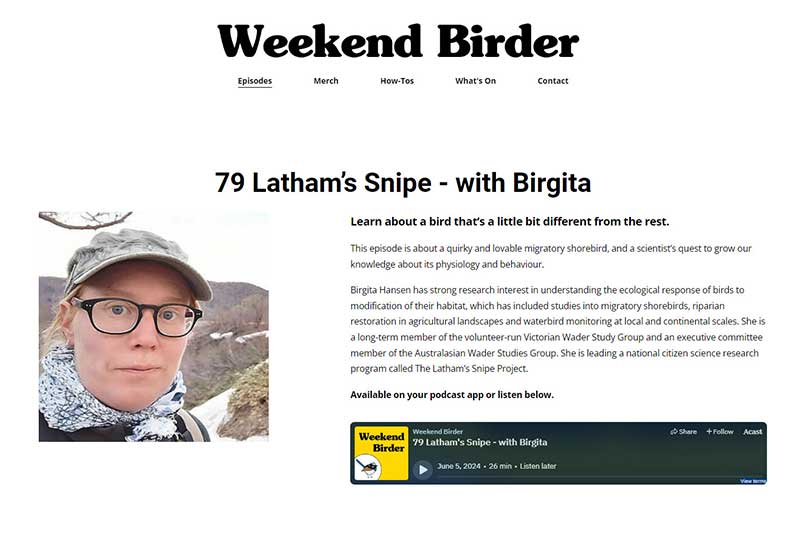
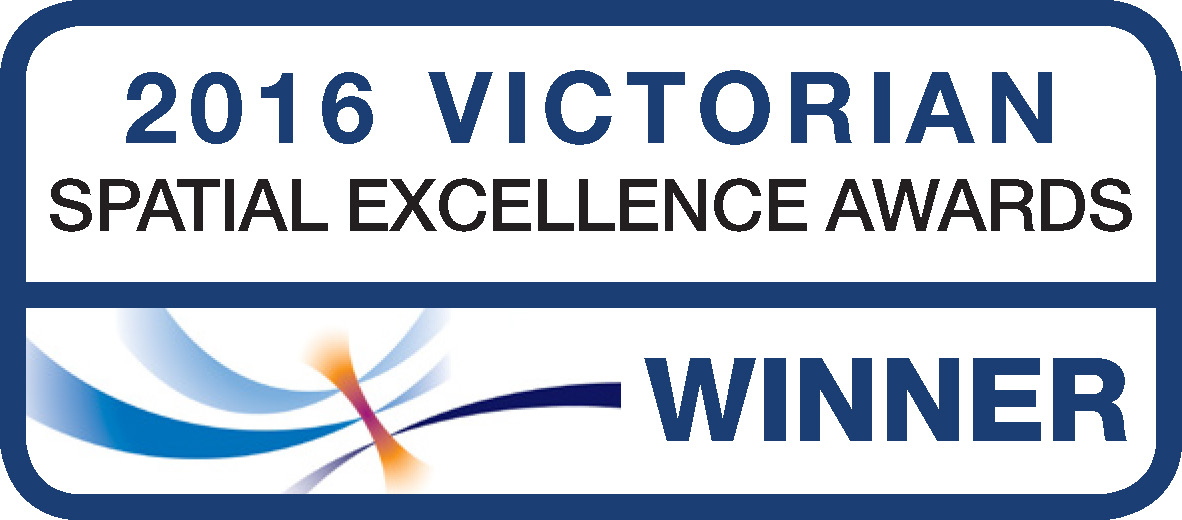
.png)
.jpg)
